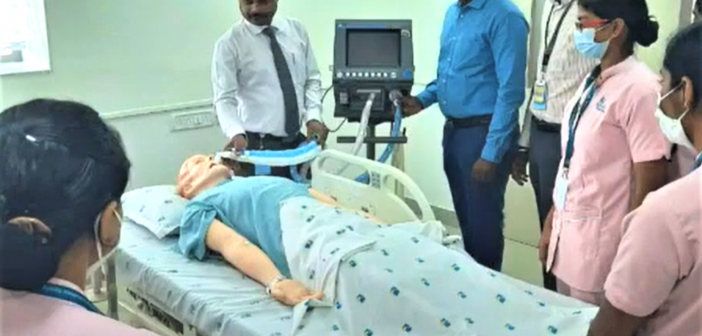India’s healthcare sector faces a multitude of challenges, and the role of medical insurance in mitigating these issues is under increasing scrutiny. While the market boasts an impressive size, estimated to reach $8 billion by 2025, its effectiveness in providing financial security during medical emergencies remains a contentious topic. This article delves into the limitations of medical insurance in India and exposes tactics employed by insurers to escape their obligations.
A Market of Millions, Yet Millions Uncovered
Despite a significant market size, a substantial portion of the Indian population remains uninsured. A 2018 report by the National Sample Survey Office (NSSO) revealed that only around 30% of Indians have any form of health insurance. This translates to a vast majority being vulnerable to financial ruin in the face of a medical crisis.
The High Cost of Coverage, The Low Coverage of Costs
Furthermore, the cost of medical insurance premiums can be a significant burden, particularly for low and middle-income families. This is compounded by the reality that many insurance policies often exclude crucial medical procedures or impose limitations on coverage amounts. A 2021 study by the Federation of Indian Chambers of Commerce and Industry (FICCI) found that most policies only cover around 40-50% of hospitalization costs, leaving patients with a substantial out-of-pocket burden.
Loopholes and Liabilities: How Insurers Escape the Bill
Beyond the limitations of coverage, a web of loopholes and exclusions allows insurers to escape their financial obligations. Here’s a closer look at some common tactics:
-
Pre-existing Conditions: Many insurers deny claims for pre-existing conditions, rendering the policy useless for individuals with chronic health issues.
-
Policy Wording and Exclusions: Insurance policies are often riddled with complex jargon and exclusions for specific procedures or diseases. This can lead to claim denials based on technicalities, leaving policyholders bewildered and financially strapped.
-
Network Hospital Play: Insurers often restrict cashless hospitalization benefits to a limited network of hospitals. These hospitals may not offer the best treatment options or may be located far away, forcing patients to seek care elsewhere and bear the brunt of the costs.
-
Claim Denial Tactics: Insurers may employ a variety of tactics to delay or deny claims, such as requesting excessive documentation, raising technical objections, or invoking obscure policy clauses. This can be a stressful and time-consuming ordeal for patients already grappling with a medical crisis.
-
Capping Coverage Amounts: Many policies impose caps on the total amount covered for hospitalization or specific procedures. This can leave policyholders with a significant financial burden if the actual medical costs exceed the coverage limit.
The Human Cost: Stories Behind the Statistics
These tactics translate into real-life struggles for policyholders. A 2020 report by the Consumer Affairs Ministry highlighted numerous cases where individuals were denied claims or subjected to unreasonable delays, forcing them to rely on loans or sell assets to cover medical expenses.
A Broken System in Need of Repair
The current state of medical insurance in India paints a grim picture. With limited coverage, high costs, and exploitable loopholes, these policies often fail to fulfill their intended purpose of providing financial security during medical emergencies.
The Road to Reform: Rebuilding Trust and Efficacy
To address these issues, a multi-pronged approach is necessary:
-
Standardization of Policy Wording: Clear and standardized policy terms can prevent ambiguity and ensure fair claim settlements.
-
Regulation of Exclusions: A regulatory framework to limit unreasonable exclusions and ensure policies cover a broader range of medical necessities is crucial.
-
Promoting Transparency: Insurers must be transparent about claim denial rates and the reasons behind them.
-
Focus on Affordability: Making medical insurance more affordable through government subsidies or tax breaks can increase penetration, particularly among low-income groups.
-
Strengthening Regulatory oversight: Stricter regulatory oversight with harsher penalties for unfair claim denials is essential to hold insurers accountable.
Conclusion: A Promise Fulfilled
India’s healthcare system desperately needs a robust medical insurance framework. By prioritizing patient well-being, implementing reforms that address existing loopholes, and fostering a culture of transparency and accountability, stakeholders can transform medical insurance from a broken promise into a safety net that empowers individuals to seek essential medical care without financial devastation. Only then can India truly move towards a healthcare system that prioritizes the well-being of its citizens.






